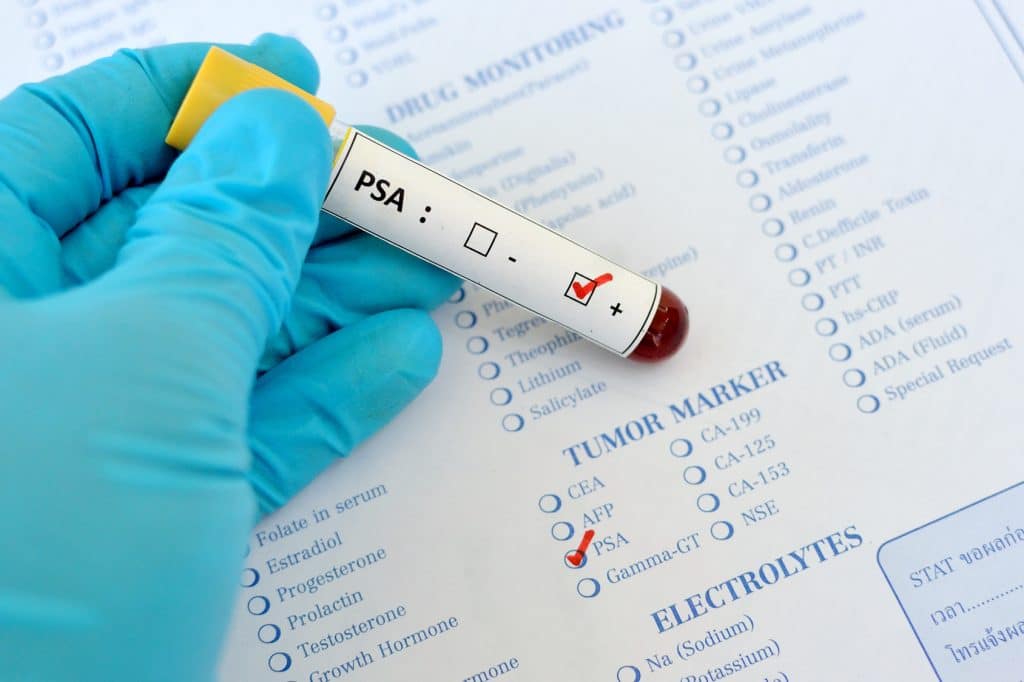
Until the mid-1980s men diagnosed with prostate cancer were most likely detected at advanced, and often incurable, stages. A few men were diagnosed earlier when the cancer was discovered during surgery to relieve problems associated with urinating, but as a young doctor I saw countless men in misery with advanced prostate cancer that caused disabling and crippling bone metastases, urination problems, bleeding and swollen lower body parts—all due to the out of control growth of prostate cancer. We treated them by removing their testicles, giving them female hormones and delivering course after course of radiation to try to relieve their suffering.
In the mid-1980s it was discovered that prostate cancer was frequently associated with elevated levels of prostatic specific antigen (PSA). A PSA blood test was developed and it was the beginning of a revolution. Over the following years, the PSA test provided earlier detection of prostate cancer, which allowed for potentially curable treatments. As a result, the number of men who died of prostate cancer over the years has decreased tremendously.
Why did the PSA guidelines change?
Despite such an incredible difference the PSA test has made in the lives of millions of men over the last 30 years, the United States Preventive Services Task Force (USPSTF) recommended against using it to screen men for prostate cancer in 2011. The task force comprised of 16 volunteer clinicians including family physicians, general internal medicine physicians, nurses, obstetrician-gynecologists, occupational medicine physicians and pediatricians. There were no urologists or radiation oncologists directly involved in the recommendation.
The task force stated that they evaluated evidence on whether primary-care practitioners should recommend PSA screening. One of their concerns was the chance of a false-positive reading and the potential stress it could cause for patients. While this is a valid consideration, many physicians believe it is best for patients with elevated PSA levels to be under the care of a urologist to monitor their PSA levels and determine if they have prostate cancer.
I remember reading about the final recommendation of the USPSTF and predicted there would be unfortunate consequences for men, and this has proven true. The 2015 American Society for Clinical Oncology (ASCO) Genitourinary Cancers Symposium reported that since 2011, there has been an increase in the proportion of men diagnosed with higher-risk prostate cancers. With 233,000 new cases of prostate cancer every year, this means 14,000 more of them will be diagnosed with prostate cancer that is less likely to be cured.
The American Urologic Association, ASCO and the National Comprehensive Cancer Network—all specialists in treating prostate cancer—disagree with the USPSTF PSA screening recommendation.
European and American randomized studies have also shown a survival advantage for men who undergo screening compared with those who do not because prostate cancer is very curable when it is diagnosed early and classified as low risk. It is less curable when it is classified as intermediate and high risk.
I do not know how a stronger case can be made for PSA screening for prostate cancer.

